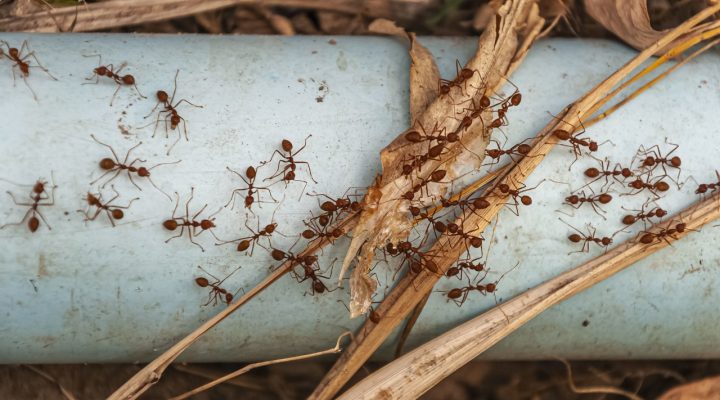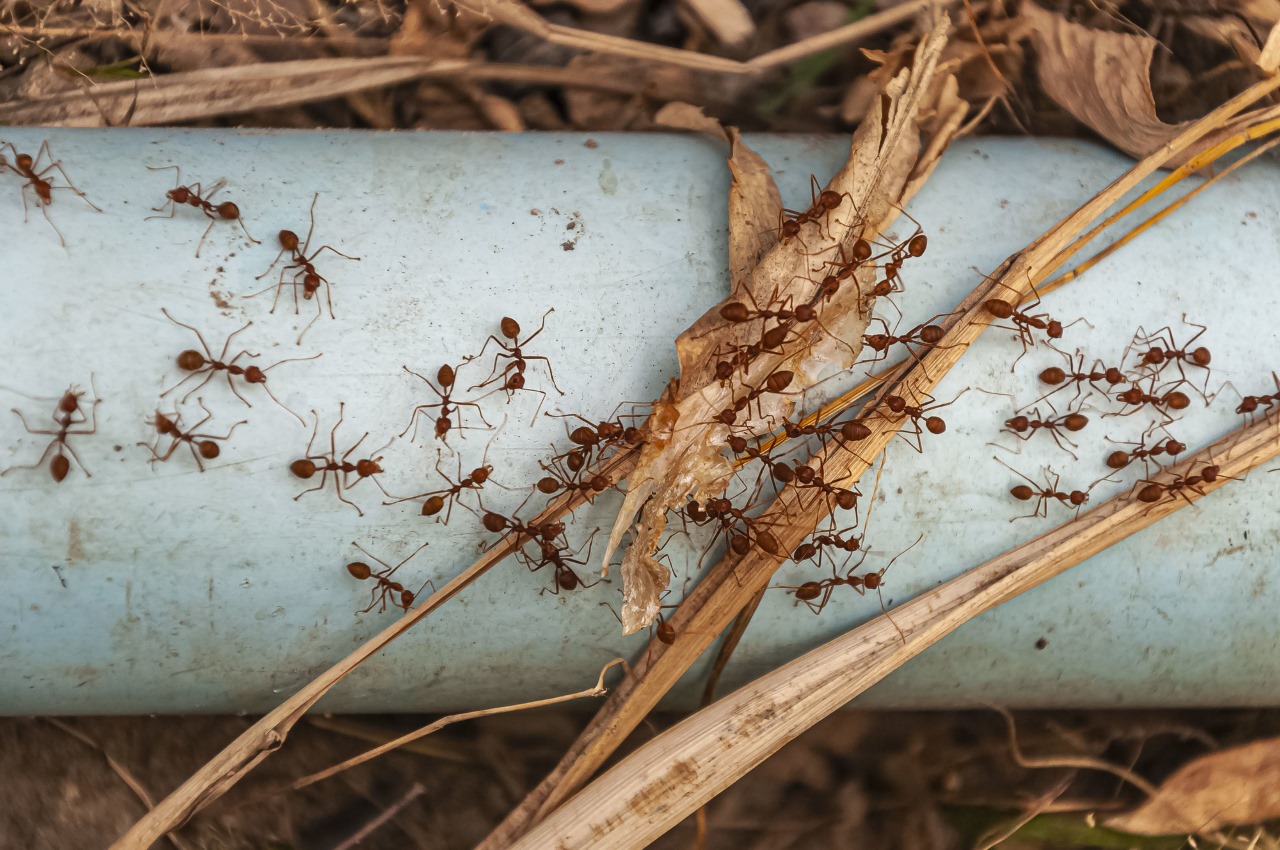
Termites are infamous pests that, if not controlled, may cause severe damage to houses and infrastructure. Understanding termite season and when to begin spotting infestation signs is crucial for early detection and prevention, especially for homeowners seeking effective Woodland Hills termite control. Let’s explore termite season, common signs of termite infestation, and steps you can take to protect your home.
Termite season typically varies depending on geographic location and climate conditions. However, termite activity tends to increase during the warmer months when temperatures rise, making spring and summer prime times for termite infestations. As temperatures warm up, termites become more active and start swarming in search of new food sources and nesting sites.
Understanding Termite Season:
Several factors influence termite season, including temperature, humidity, and moisture levels. Termite activity may occur year-round in warmer climates like the southern United States. However, in colder regions, termites may be less active during the winter months and become more prevalent in spring and summer when conditions are more favorable for reproduction and foraging.
Common Signs of Termite Infestation
Early detection of termite infestation signs is crucial for preventing extensive damage to your home. Here are some common signs to watch out for:
- Swarmers: Termite swarmers, also known as alates, are winged reproductive termites that often emerge during termite season. Spotting swarmers indoors or finding discarded wings near window sills, doors, or light fixtures clearly indicates termite activity.
- Mud Tubes: Subterranean termites construct mud tubes to offer moisture and shelter while seeking for food. These pencil-sized tubes can be found along foundation walls, crawl spaces, or basement areas and are a telltale sign of a termite infestation.
- Hollow or Damaged Wood: Termites feed on cellulose materials found in wood, causing structural damage over time. If you notice hollow-sounding or damaged wood in your home, particularly in areas prone to moisture or humidity, it could indicate a termite infestation.
- Discarded Wings: Termite swarmers shed their wings after mating, leaving behind small piles of discarded wings near entry points or light sources. Finding discarded wings indoors clearly indicates a recent termite swarm and potential infestation.
- Frass: Termite droppings, or frass, resemble tiny pellets or sawdust and can often be found near termite nesting sites or feeding areas. Accumulations of frass may indicate an active termite infestation nearby.
Steps to Protect Your Home
Preventing termite infestations begins with proactive measures to minimize conducive conditions and eliminate potential entry points for termites. Here are some steps you can take to protect your home:
- Schedule Regular Inspections: Arrange for yearly termite inspections by qualified pest control technicians at Dr. Termites to detect any symptoms of termite activity and handle possible risks.
- Maintain Proper Moisture Levels: Fixing leaking pipes, ensuring appropriate drainage, and airing crawl spaces and attics will help to reduce moisture buildup in your house. Termites are drawn to damp settings; thus, lowering moisture levels helps keep them out of your house.
- Remove Wood-to-Soil Contact: Eliminate direct contact between wood structures and soil by creating a barrier using concrete or metal materials. Avoid spreading wood mulch near your home’s foundation since it attracts termites and allows them easy access to wooden buildings.
- Seal Cracks and Gaps: Seal cracks, gaps, and openings in your home’s exterior walls, foundation, and roof to prevent termites from gaining entry. Pay close attention to areas where utility lines, pipes, and cables enter your home, as these can serve as entry points for termites.
- Use Termite-Resistant Materials: Use termite-resistant building materials, such as pressure-treated wood or composite materials, for construction projects and home renovations. These materials are more resistant to termite damage and can help reduce the danger of infestation.
Being aware of termite season and knowing when to begin spotting infestation signs is essential for protecting your home from costly damage. By understanding the common signs of termite infestation and taking proactive measures to prevent infestations, you can safeguard your home and enjoy peace of mind year-round. Schedule regular termite inspections, maintain proper moisture levels, and seal potential entry points to keep termites at bay and preserve the integrity of your home.

Leave a Reply